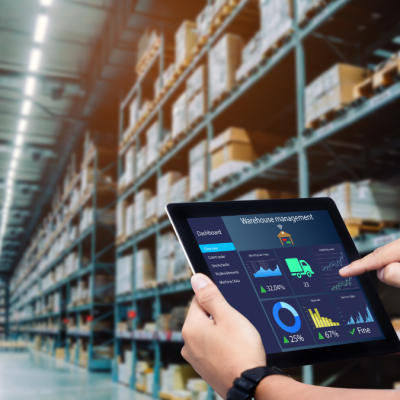Changing work environments and teams without fixed workstations have become increasingly common. Whether in service fields, retail, or other industries, employees are often on the go, highlighting the role of communication. Excelling with non-desk workers is not a task; it’s a strategy to improve productivity and cultivate a united and effective workforce. This article will explore tactics, innovative tools, and practical advice to enhance communication with Deskless Workers

Embrace the Convenience of Mobile-Optimized Platforms:
Effective communication among teams without fixed workstations requires adaptability and accessibility. Opting for communication platforms that ensure that team members can remain connected and well informed regardless of their location.
Communication Tools for Deskless Workforce Optimization:
Popular tools, like Slack, Microsoft Teams, deskless platforms, or industry-specific applications, provide messaging, file sharing capabilities, and collaborative features designed for devices to facilitate seamless communication.
Team Communication Apps:
- Slack offers communication channels, direct messaging options, and seamless file sharing functionalities. It serves as a tool for keeping teams engaged, enabling swift updates, and promoting instant interaction.
- Microsoft Teams is equipped with an array of functionalities, including chat services, video conferencing features, and file sharing capabilities. Teams seamlessly integrate with Microsoft Office tools.
Task Management Platforms:
- Trello: Deskless workers can easily monitor progress, assign tasks efficiently, and collaborate on projects in a timely manner.
- Asana: A project management solution Asana empowers teams to streamline task organization and prioritization efforts.
Employee Interaction Platforms:
- Beekeeper: Improves communication, task coordination, and employee involvement. It aims to unite workers working shifts and in locations, fostering a community spirit among non-desk-based teams.
Leverage the Benefits of Elements:
In a world saturated with information, visual components can make an impact. Integrate images, infographics, and videos into your communication approach.
For deskless workers, it is crucial to have concise information. Using aids can help improve understanding and engagement. Whether it’s through graphics or video updates, incorporating communication can bridge language and literacy barriers effectively.
Establishing and refining a communication protocol is essential for communication within a desk-less workforce. Setting up guidelines outlining communication methods for different types of messages, defining response times, and establishing procedures for urgent matters can help minimize misunderstandings and ensure a smooth workflow.
To alleviate the sense of isolation that deskless workers, such as those in security, hospitality, and janitorial roles, may encounter, implementing regular team huddles or virtual check-ins becomes crucial. These concise sessions aim to cultivate a strong sense of community within the deskless team, emphasizing the importance of shared updates and insights and addressing any concerns. By engaging in real-time interactions, these initiatives promote team cohesion and a unified purpose, bridging the gap and fostering a more connected and supportive work environment for those in roles that typically lack the regular interaction found in desk-based settings.
Encouraging participation among team members goes beyond sharing information. It involves creating a dynamic exchange. By prompting questions, seeking feedback, and encouraging the sharing of perspectives, you can cultivate an environment where everyone feels heard and valued. This approach contributes to building a workplace culture.
Training for Effective Tool Usage:
Not everyone on the team may feel equally confident with technology. Make sure to provide training on the communication tools utilized within your company. Ensuring that all team members are skilled in using the chosen platforms helps reduce confusion and ensures messages are not missed, thus enhancing communication.
Considering accessibility needs:
Consider the requirements of your team members as a deskless workers team. Address language preferences and accessibility needs to guarantee that communication tools and content are inclusive. By focusing on accessibility, organizations show a dedication to opportunities, creating a welcoming and supportive workplace environment.
Achieving communication within teams requires a versatile approach. By embracing mobile platforms, utilizing aids for communication, and establishing clear communication guidelines, organizations can successfully navigate the challenges of mobile work environments.
Frequent team meetings, promoting involvement, and improving accessibility all help create a welcoming work environment, leading to increased team performance and productivity. In today’s world, effective communication plays a role in achieving success. Therefore, implementing tactics for teams that work without desks is essential for companies aiming to succeed in the changing dynamics of deskless workers.






